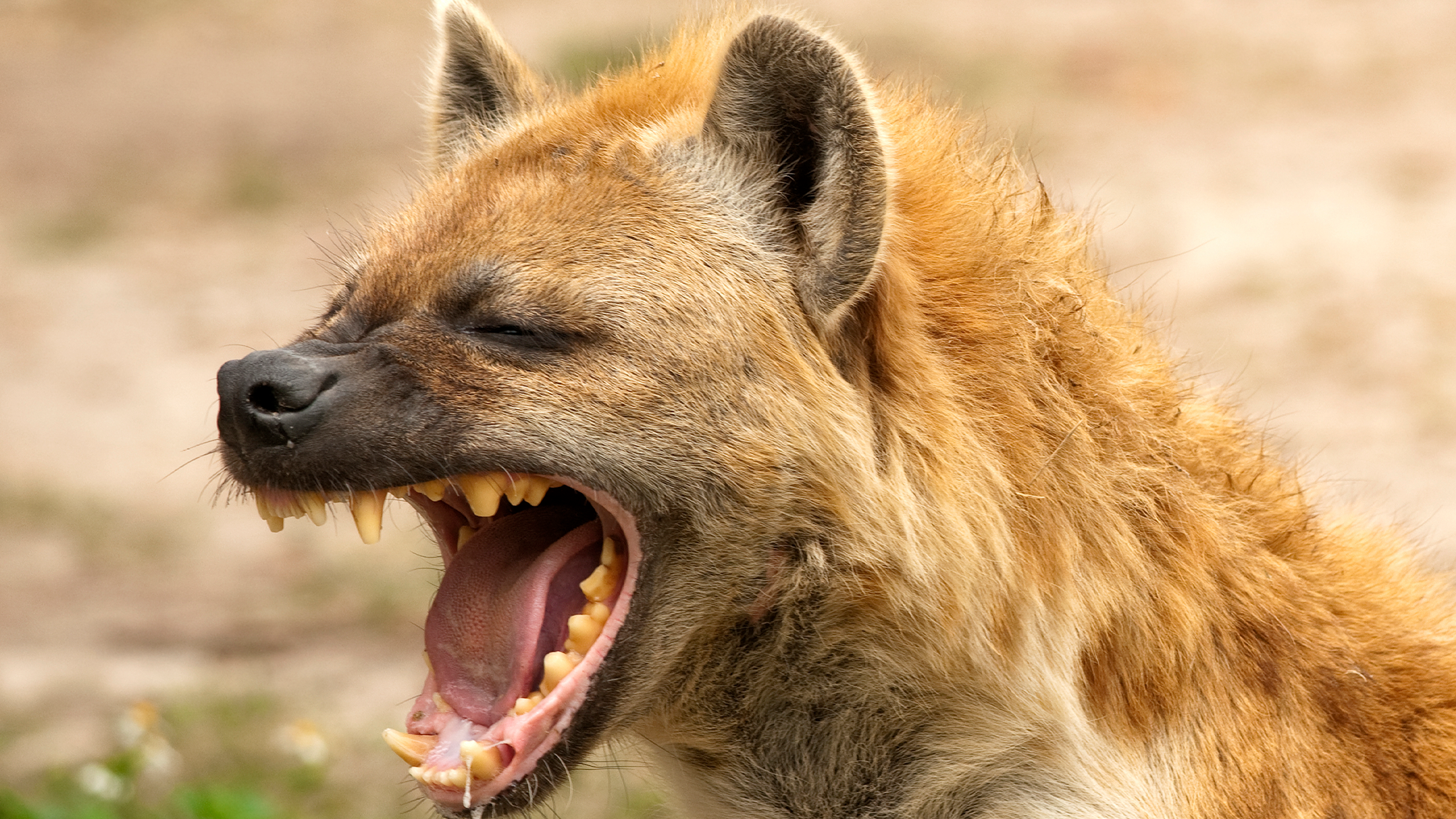

One of the most enduring mysteries about our earliest ancestors and extinct human relatives is how they ate and procured enough food to sustain themselves millions of years ago. We believe that archery first arrived in Europe about 54,000 years ago and Neanderthals were cooking and eating crab about 90,000 years ago, but scavenging was likely necessary to get a truly hearty meal. A modeling study published September 28 in the journal Scientific Reports found that groups of hominins roughly 1.2 to 0.8 million years ago in southern Europe may have been able to compete with giant hyenas for carcasses of animals abandoned by larger predators like saber-toothed cats.
[Related: An ‘ancestral bottleneck’ took out nearly 99 percent of the human population 800,000 years ago.]
Earlier research has theorized that the number of carcasses abandoned by saber-toothed cats may have been enough to sustain some of southern Europe’s early hominin populations. However, it’s been unclear if competition from giant hyenas (Pachycrocuta brevirostris) would have limited hominin access to this food source. These extinct mongoose relatives were about 240 pounds–roughly the size of a lioness–and went extinct about 500,000 years ago.
“There is a hot scientific debate about the role of scavenging as a relevant food procurement strategy for early humans,” paleontologist and study co-author Jesús Rodríguez from the National Research Center On Human Evolution (CENIEH) in Burgos, Spain tells PopSci. “Most of the debate is based on the interpretation of the scarce and fragmentary evidence provided by the archaeological record. Without denying that the archaeological evidence should be considered the strongest argument to solve the question, our intention was to provide elements to the debate from a different perspective.”
For this study, Rodríguez and co-author Ana Mateos looked at the Iberian Peninsula in the late-early Pleistocene era. They ran computer simulations to model competition for carrion–the flesh of dead animals–between hominins and giant hyenas in what is now Spain and Portugal. They simulated whether saber-toothed cats and the European jaguar could have left enough carrion behind to support both hyena and hominin populations—and how this may have been affected by the size of scavenging groups of hominins.
They found that when hominins scavenged in groups of five or more, these groups could have been large enough to chase away giant hyenas. The hominin populations also exceeded giant hyena populations by the end of these simulations. However, when the hominins scavenged in very small groups, they could only survive to the end of the simulation when the predator density was high, which resulted in more carcasses to scavenge.
[Related: Mysterious skull points to a possible new branch on human family tree.]
According to their simulations, the potential optimum group size for scavenging hominins was just over 10 individuals. This size was large enough to chase away saber-toothed cats and jaguars. However, groups of more than 13 individuals would have likely required more carcasses to sustain their energy expenditure. The authors caution that their simulations couldn’t specify this exact “just right” group size, since the numbers of hominins needed to chase away hyenas, saber-toothed cats, and jaguars were pre-determined and arbitrarily assigned.
“The simulations may not determine the exact value of the optimum, but show that it exists and depends on the number of hominins necessary to chase away the hyenas and of the size of the carcasses,” says Rodríguez.
Scavenged remains may have been an important source of meat and fat for hominins, especially in winter when plant resources were scarce. This team is working on simulating the opportunities hominins had for scavenging in different ecological scenarios in an effort to change a view that scavenging is marginal and that hunting is a more “advanced” and more “human” behavior than scavenging.
“The word for scavenger in Spanish is ‘carroñero.’ It has a negative connotation, and is frequently used as an insult. We do not share that view,” says Rodríguez. “Scavengers play a very important role in ecosystems, as evidenced by the ecological literature in the last decades. We view scavenging as a product of the behavioral flexibility and cooperative abilities of the early hominins.”